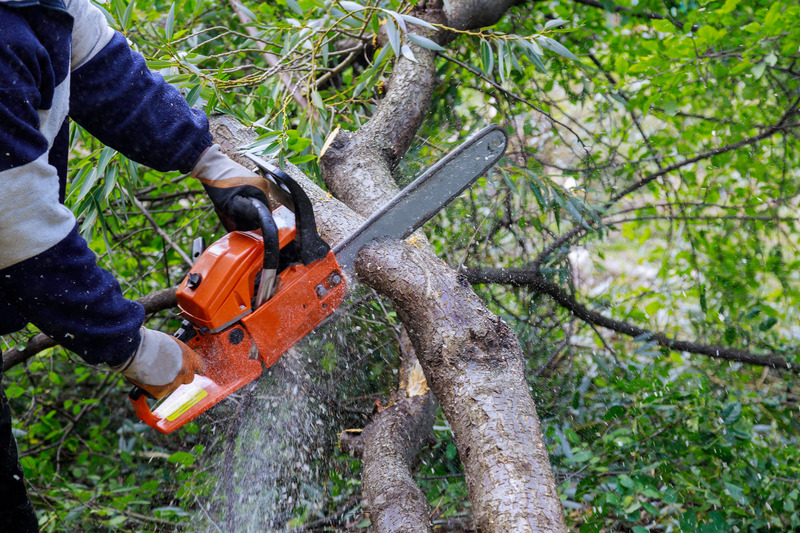When it comes to tree removal and maintenance, it’s crucial to approach the task with care and expertise. While removing a tree might seem straightforward, there are several common mistakes that homeowners should avoid to ensure safety and preserve the health of their landscape.

Ignoring Local Regulations and Permits
Before starting any tree removal project, it’s essential to check local regulations regarding tree removal permits. Many municipalities have specific guidelines to protect native flora and fauna or require permits for certain tree species. By ignoring these regulations, homeowners risk hefty fines and legal consequences.
Underestimating the Size and Scope
One of the biggest mistakes in tree removal is underestimating the size and complexity of the task. Trees near buildings, power lines, or other structures require careful planning and professional expertise. Attempting to remove a tree without the proper equipment or experience can lead to property damage or personal injury.
Improper Cutting Techniques
Using incorrect cutting techniques can result in unpredictable tree falls or damage to nearby property. It’s crucial to start by cutting smaller branches before tackling the main trunk. Professionals often use a method called directional felling to control the direction of the tree’s fall, minimizing risks.
Neglecting Safety Gear and Equipment
Safety should always come first when dealing with tree removal. Proper safety gear, including helmets, goggles, gloves, and sturdy footwear, is essential to protect against falling debris and sharp branches. Additionally, using the right tools and equipment, such as chainsaws and ropes, ensures the job is done safely and efficiently.
Skipping Tree Maintenance After Removal
Tree maintenance doesn’t end once the tree is removed. Stump grinding and removal prevent regrowth and potential hazards in the future. Additionally, filling in the hole left by the tree’s roots promotes healthy soil and prevents accidents caused by uneven ground.
Disposing of Debris Improperly
After cutting down a tree, disposing of the debris properly is crucial. Leaving large branches or logs lying around can be unsightly and pose tripping hazards. Wood chips and smaller debris can be repurposed as mulch or composted, benefiting other plants in your garden.
Not Consulting a Professional
While DIY projects can be satisfying, tree removal is not one to attempt without proper knowledge and experience. Professional arborists not only have the expertise to safely remove trees but also understand local regulations and environmental considerations. They can assess the health of a tree and recommend alternatives to removal if feasible.
Trees play a crucial role in the ecosystem, providing oxygen, habitat for wildlife, and shading that reduces energy consumption. Removing a tree without considering these impacts can have long-term consequences for the environment. Professionals can advise on the best course of action to minimize environmental harm during tree removal.
Tree removal and maintenance require careful planning, expertise, and adherence to safety protocols. By avoiding these common mistakes, homeowners can ensure a safe and successful tree removal process that benefits both their property and the environment. When in doubt, consulting with a professional tree service like Rivendell Tree Experts in Lehi and Murray, Utah, ensures peace of mind and a job well done.
For more information on tree removal and maintenance services, contact Rivendell Tree Experts today!



